Forage value index valuation
Interaction between genetic merit potential of perennial ryegrass cultivars and nitrogen fertiliser in a pastoral grazing system
Timeline
2017-2021
Funder
MBIE/Dairy NZ
Lead
DairyNZ
Key person
Wendy Griffiths
Project objectives
Determine the performance of low and high value FVI cultivars under two nitrogen fertiliser regimes in Southland.
Project Update – January 2024
A four-year trial at Scott Farm in the Waikato evaluated the FVI under real-world farming conditions. The expectation was that high-FVI pastures would produce more dry matter, leading to increased milk production and profit, and lower production costs. Results from the FVI validation trial showed that the economic advantage expected from the higher FVI cultivars selected, from ryegrass DM yield measured at the plot scale, was not captured in the single farmlet scale trial. Until the predicted economic differences among cultivars listed in the FVI model can be demonstrated, the FVI economic rankings will not be published. DairyNZ and the Plant Breeding and Research Association (PBRA) are working to understand this result to strengthen and improve the index. For more information, please see www.dairynz.co.nz/fvi
Project description
The DairyNZ Forage Value Index (FVI) was developed to help dairy farm businesses select a suitable ryegrass cultivar-endophyte combination. The FVI value is given in $/ha/year, and is an estimate of the expected contribution to the operating profit of the business. It is calculated using trait performance values from small plot trials, and the expected economic value of differences in these performance traits.
A potential limitation of the performance values is that small-plot trials are managed to a standard that is higher than what could realistically be achieved on a typical farm. The objective of this research was to close the knowledge gap around the validity of the FVI model under different management conditions by testing the performance value traits using large-scale paddocks that are exposed to different management conditions in terms of nitrogen fertiliser and stocking rate.
Project outcomes/learnings
Pasture growth increased under the standard management (180 kg N/ha) compared with the lower impact management (50 kg N/ha/yr), with increased DM yield in the standard treatments during summer and autumn. For both high and low FVI cultivars, total DM production will be determined by the N fertiliser regime of the farm.
Selecting high FVI cultivars will result in extra pasture DM production in Southland, especially during the summer months.
The overall economic advantage to the high FVI treatment was determined to be $109.30/ha/yr; only 22% of the predicted difference of $503/ha/yr.
The fact the high FVI treatment outgrew the low FVI treatment suggests the FVI model is valid, however the model appears to be overestimating the $ value.

